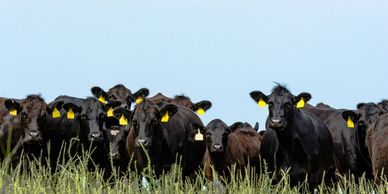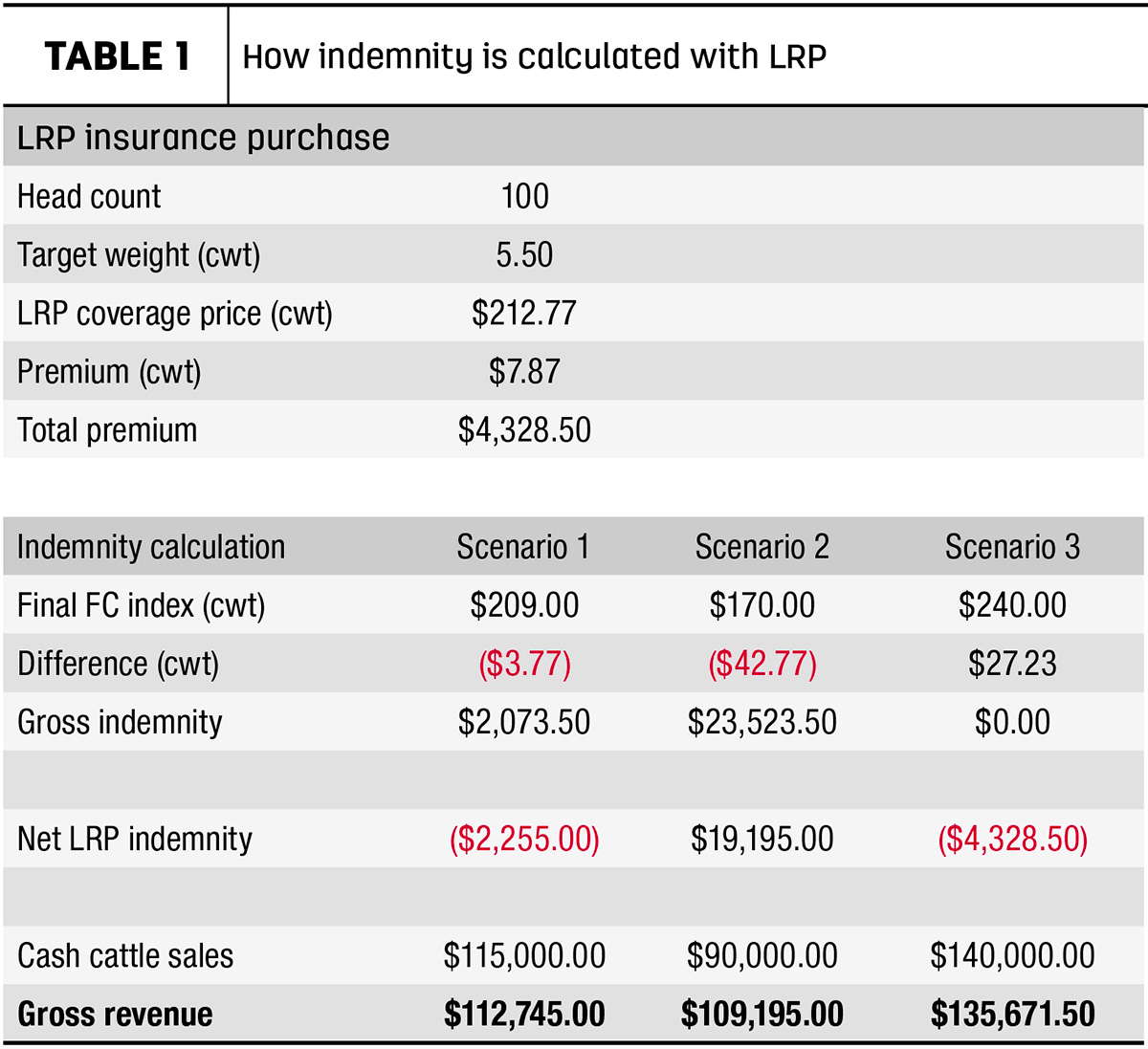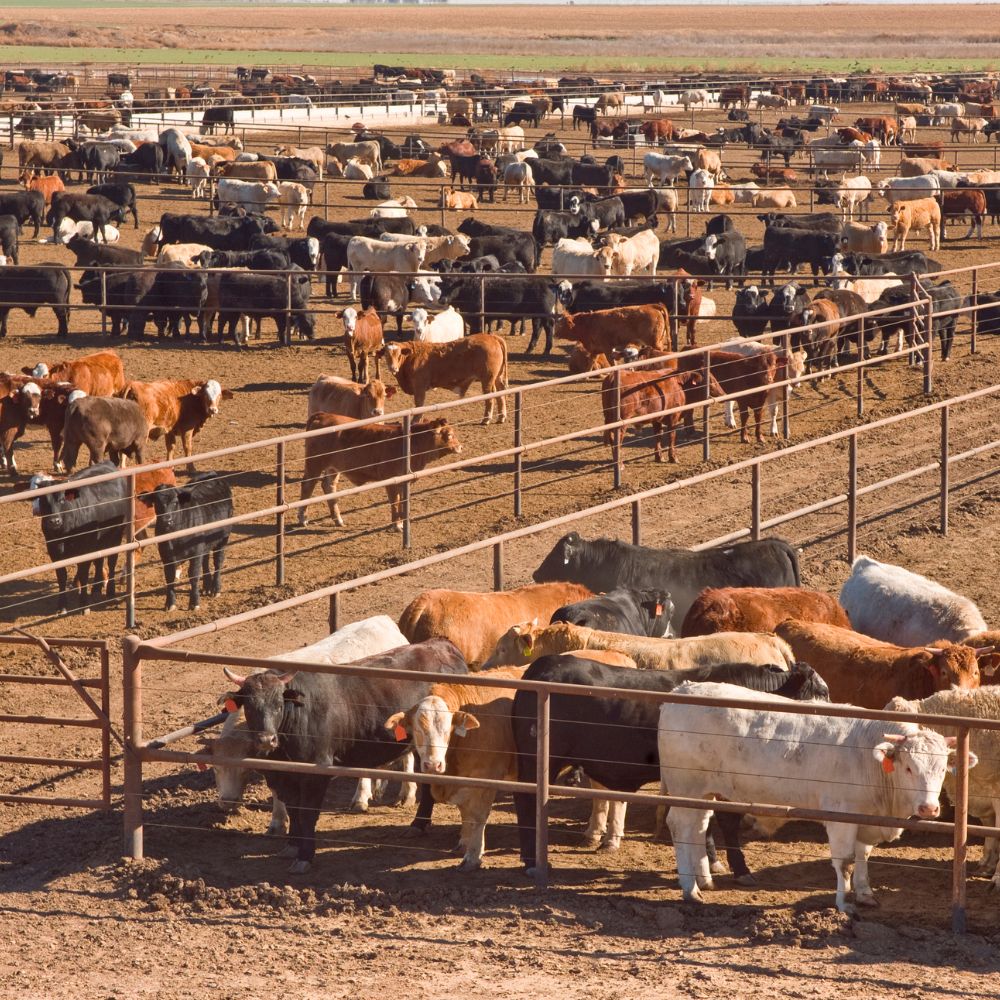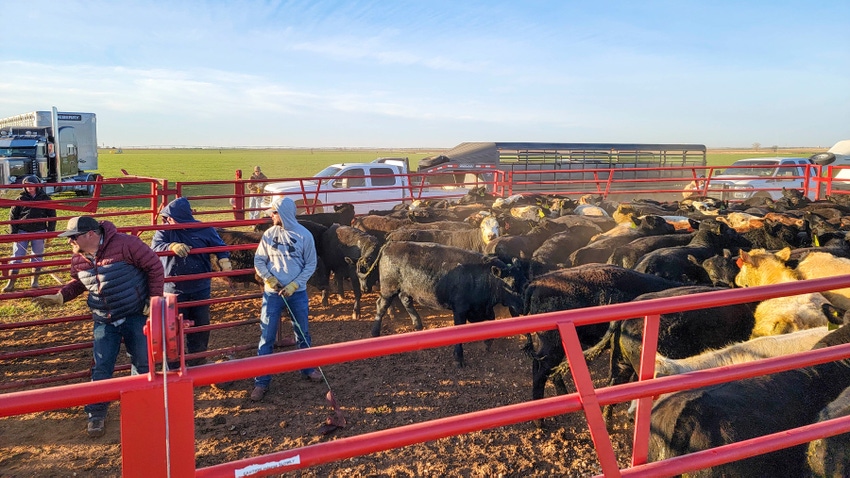Comprehending Animals Threat Protection (LRP) Insurance Coverage: A Comprehensive Guide
Navigating the world of animals danger protection (LRP) insurance coverage can be an intricate undertaking for several in the farming industry. This kind of insurance uses a safeguard versus market changes and unanticipated scenarios that might affect livestock producers. By comprehending the intricacies of LRP insurance coverage, manufacturers can make enlightened decisions that might guard their operations from economic threats. From just how LRP insurance coverage works to the different coverage alternatives readily available, there is much to uncover in this detailed overview that might possibly shape the way animals manufacturers approach danger monitoring in their companies.

Exactly How LRP Insurance Coverage Works
Sometimes, comprehending the auto mechanics of Animals Danger Protection (LRP) insurance policy can be intricate, but damaging down just how it works can offer quality for herdsmans and farmers. LRP insurance policy is a risk administration tool designed to protect livestock producers against unforeseen rate decreases. It's crucial to keep in mind that LRP insurance policy is not a profits warranty; instead, it concentrates entirely on rate risk defense.
Eligibility and Insurance Coverage Options

When it pertains to coverage choices, LRP insurance coverage supplies manufacturers the flexibility to select the insurance coverage degree, insurance coverage period, and endorsements that ideal suit their danger administration demands. Coverage levels commonly vary from 70% to 100% of the anticipated finishing worth of the insured animals. Producers can additionally choose coverage periods that straighten with their production cycle, whether they are guaranteeing feeder livestock, fed cattle, swine, or lamb. Recommendations such as cost risk defense can additionally personalize coverage to secure against adverse market fluctuations. By comprehending the qualification requirements and insurance coverage alternatives available, animals manufacturers can make informed decisions to take care of danger efficiently.
Advantages And Disadvantages of LRP Insurance
When examining Livestock Risk Protection (LRP) insurance coverage, it is important for livestock manufacturers to consider the advantages and negative aspects integral in this danger monitoring tool.

Among the key benefits of LRP insurance is its capacity to offer protection versus a decline in animals rates. This can aid safeguard producers from economic losses arising from market variations. Furthermore, LRP insurance policy supplies a level of versatility, permitting manufacturers to tailor coverage degrees and plan durations to fit their specific requirements. By securing an assured rate for their livestock, manufacturers can better manage threat and plan for the future.
One constraint of LRP insurance policy is that it does not secure against all kinds of threats, such as illness break outs or all-natural catastrophes. It is vital for producers to thoroughly evaluate their individual danger exposure and economic circumstance to figure out if LRP insurance is the ideal risk monitoring tool for their operation.
Recognizing LRP Insurance Coverage Premiums

Tips for Maximizing LRP Advantages
Making the most of the benefits of Animals Risk Security (LRP) insurance policy calls for calculated preparation and positive danger administration - Bagley Risk Management. To maximize your LRP protection, take into consideration the complying with suggestions:
On A Regular Basis Assess Market Conditions: Keep educated regarding market fads and rate variations in the livestock industry. By keeping track of these aspects, you can make informed choices about when to acquire LRP insurance coverage to secure versus possible losses.
Set Realistic Coverage Levels: When selecting insurance coverage levels, consider your manufacturing prices, market price of animals, and possible threats - Bagley Risk Management. Establishing realistic coverage levels makes sure that you are sufficiently shielded without paying too much for unneeded insurance
Expand Your Protection: Rather than relying entirely on LRP insurance, consider expanding your risk management approaches. Integrating LRP with other threat administration devices such as futures contracts or alternatives can offer detailed protection against market uncertainties.
Evaluation and Change Insurance Coverage Consistently: As market conditions alter, periodically evaluate your LRP coverage to guarantee it lines up with your existing threat direct exposure. Readjusting insurance coverage levels and timing of acquisitions can assist enhance your risk protection approach. By complying with these pointers, you can make the most of the benefits of LRP insurance policy and safeguard your animals operation against unforeseen threats.
Conclusion
In conclusion, livestock danger protection (LRP) insurance is a beneficial tool for farmers to additional hints take care of the financial dangers connected with their livestock operations. By comprehending how LRP works, eligibility and insurance coverage choices, in addition to the benefits and drawbacks of this insurance policy, farmers can make enlightened decisions to safeguard their livelihoods. By meticulously thinking about LRP premiums and implementing strategies to make the most of advantages, farmers can reduce prospective losses and ensure the sustainability of their operations.
Livestock manufacturers interested in acquiring Animals Threat Protection (LRP) insurance coverage can explore a variety of qualification criteria and Extra resources coverage options customized to their specific animals procedures.When it comes to insurance coverage options, LRP insurance uses producers the adaptability to pick the insurance coverage level, protection duration, and endorsements that best suit their threat monitoring needs.To realize the details of Animals Risk Security (LRP) insurance policy fully, recognizing the elements affecting LRP insurance costs is essential. LRP insurance premiums are figured out by numerous aspects, consisting of the protection degree chosen, the expected price of animals at the end of the coverage duration, the type of livestock being guaranteed, and the length of the insurance coverage period.Evaluation and Readjust Protection Routinely: As market conditions transform, occasionally evaluate your LRP coverage to ensure it lines up with your current risk exposure.